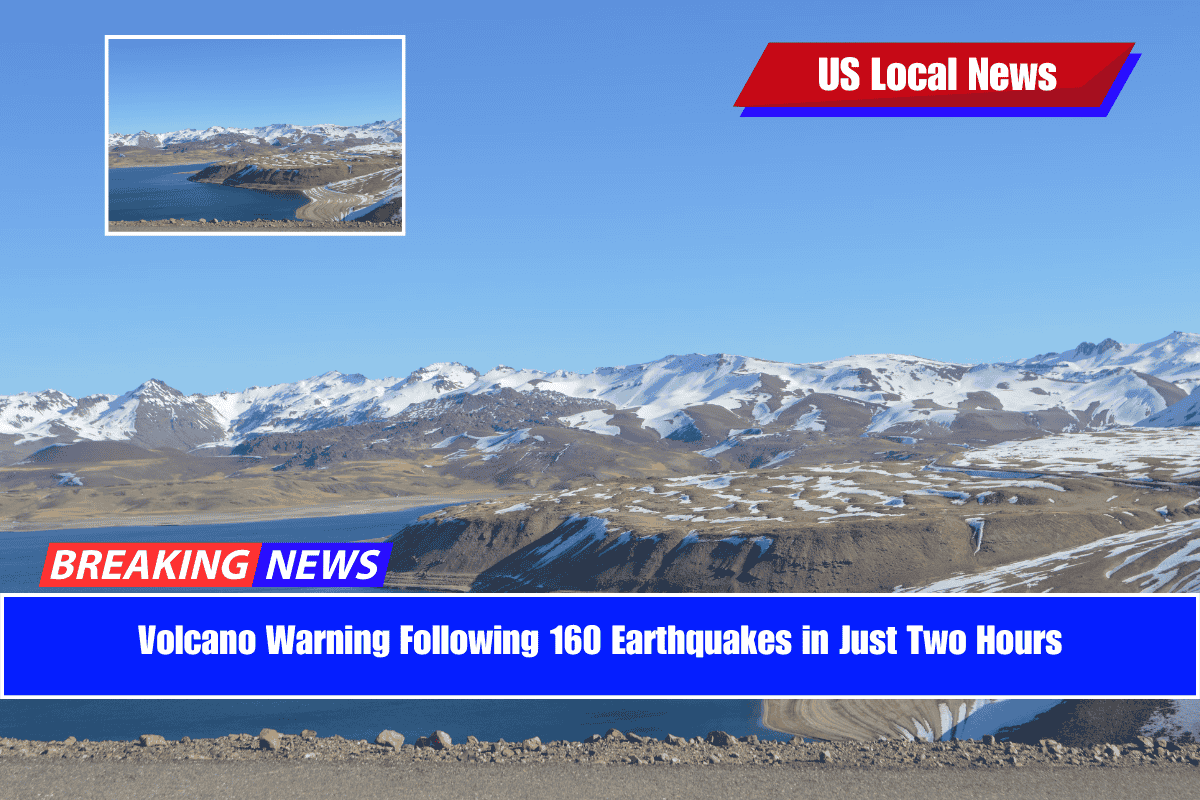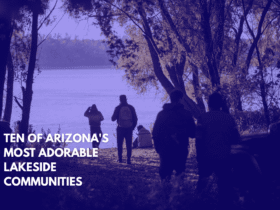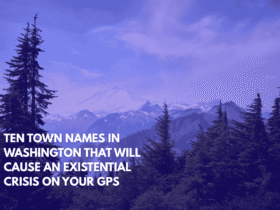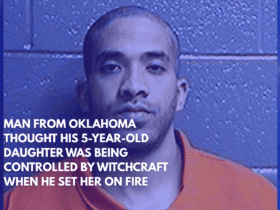In a surprising series of events, 160 small earthquakes occurred within just two hours this week at Laguna del Maule, a large volcanic field in central Chile, close to the Argentina border. While no immediate danger has been reported, experts say the volcanic activity is a clear reminder that the volcano is still alive.
Where Is Laguna del Maule and Why Is It Important?
Laguna del Maule is a massive volcanic complex, located about 300 kilometers south of Santiago, Chile’s capital. This area covers over 500 square kilometres and includes:
- Volcanic domes
- Lava flows
- More than 130 volcanic vents
It’s not like a single volcano — instead, it’s a network of volcanic activity spread out around the Laguna del Maule lake, making it especially complex and harder to monitor.
Is There a Danger of Eruption?
Even though 160 small quakes were recorded, Chile’s National Geology and Mining Service (Sernageomin) has kept the alert level at green, which means no immediate risk to people in the area.
Geologist Ayaz Alam from the University of Santiago explained:
“These signs show us that the volcano is active. Magma is moving below the surface, and this could lead to a moderate eruption in the future.”
But he also made it clear — nobody can predict exactly when or if it will erupt.
Why Do Volcanic Earthquakes Happen?
Unlike earthquakes caused by tectonic plates, volcanic quakes are caused by magma movement. As magma pushes its way through underground cracks, it shakes the land and causes low-magnitude tremors.
The largest quake in this event measured just 2.1 on the Richter scale, which is considered very weak.
Ongoing Monitoring and Risk Level
Chile’s disaster agency Senapred is working with local and regional authorities to watch the area closely. They’re ready to act quickly if the situation changes.
Experts say the Laguna del Maule volcanic field is especially risky because:
- It is geologically young
- It has dozens of eruption points, not just one volcano
- Some parts of it formed within the last 2,000 years
Volcanologist Daniel Diaz from the University of Chile said:
“It’s one of the most dangerous volcanic areas in the Southern Andes, and Argentina considers it their third most dangerous volcano.”











Leave a Reply